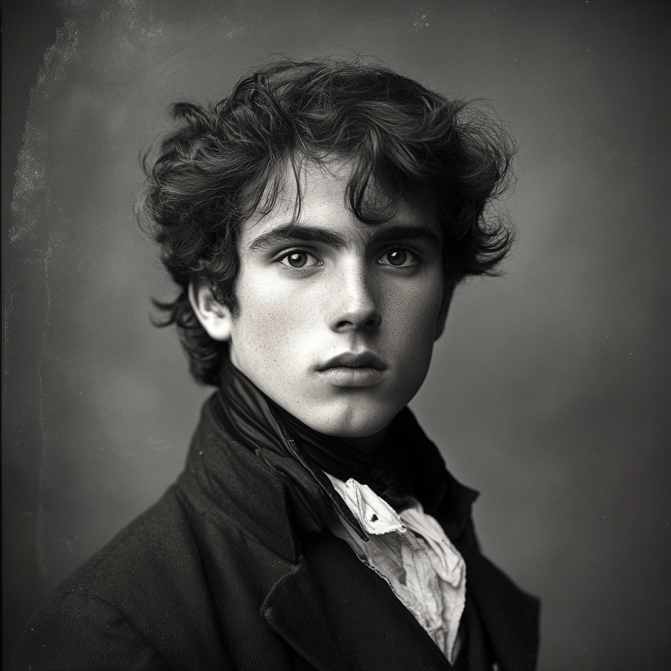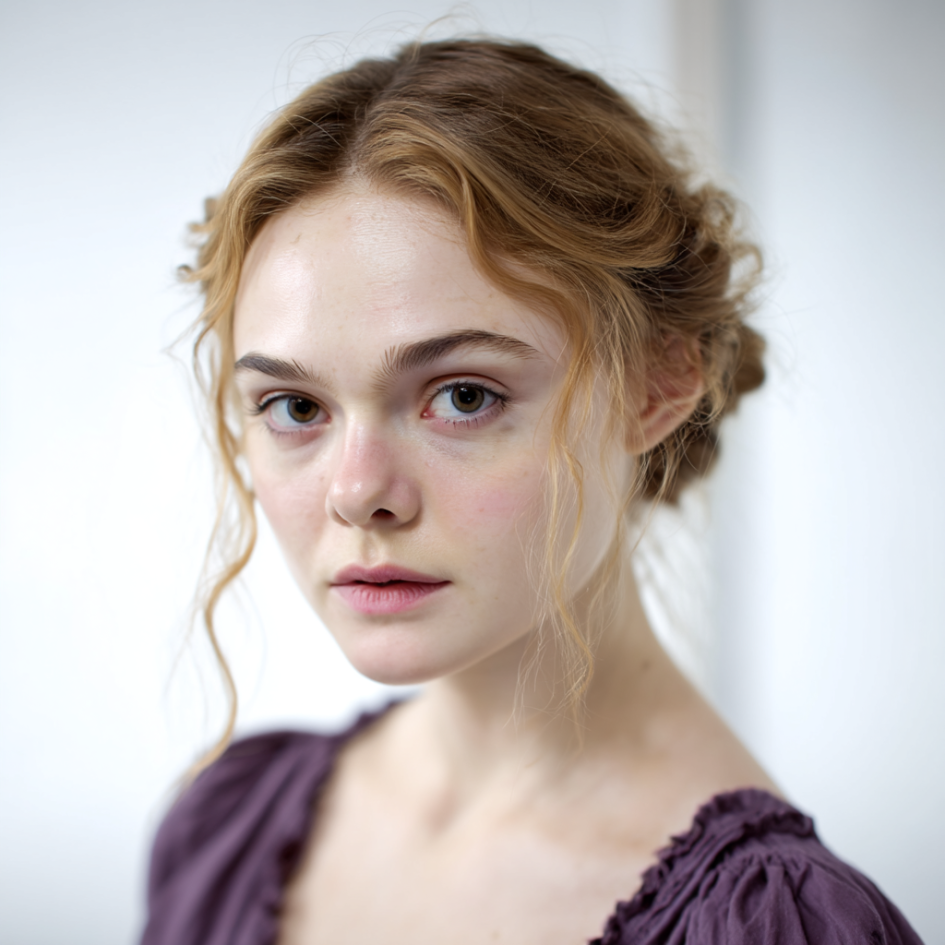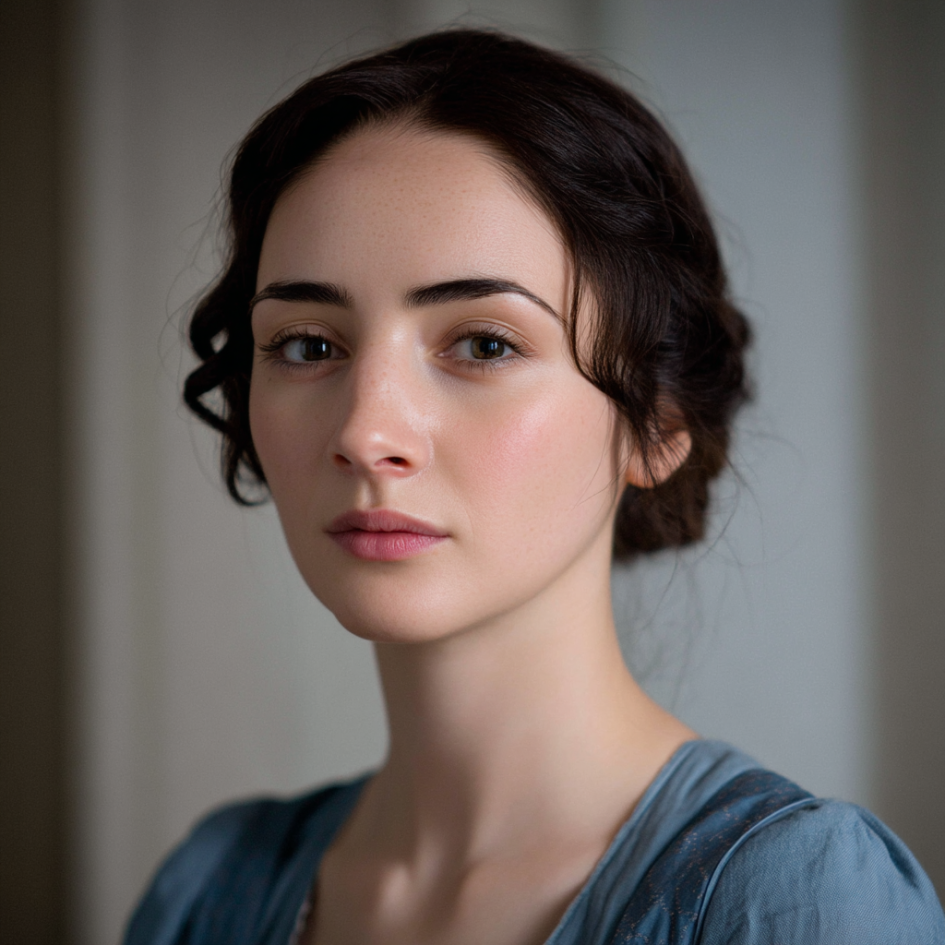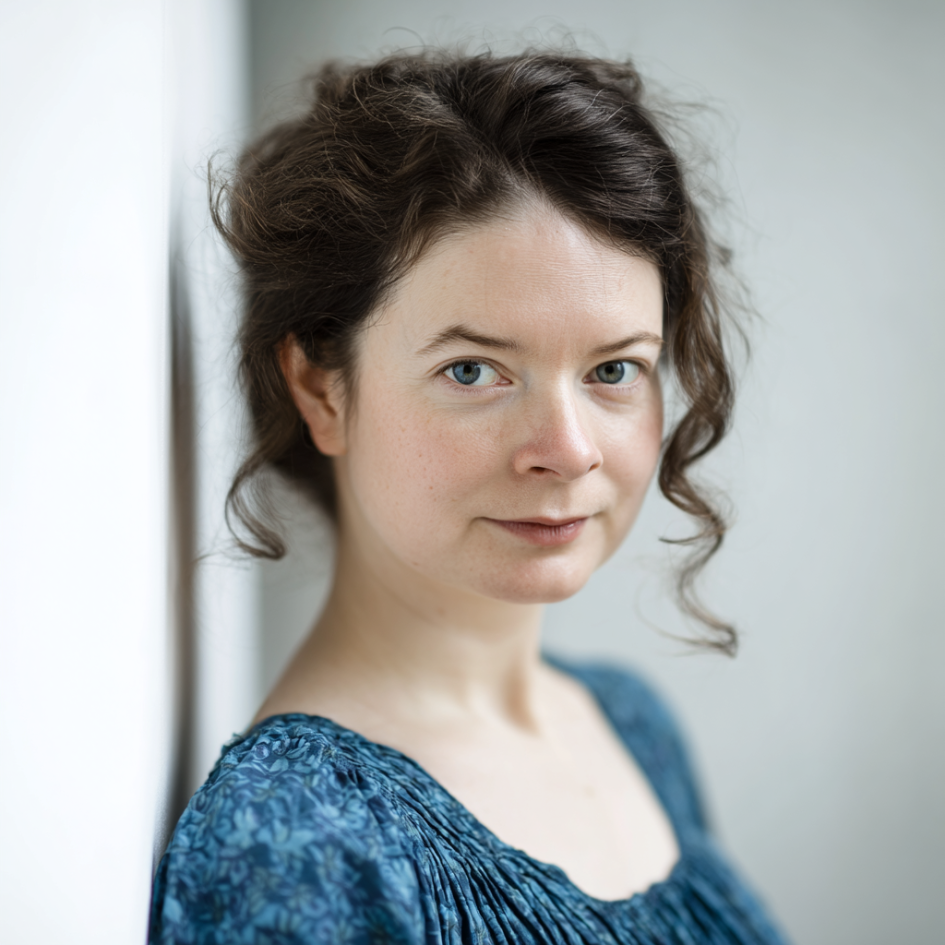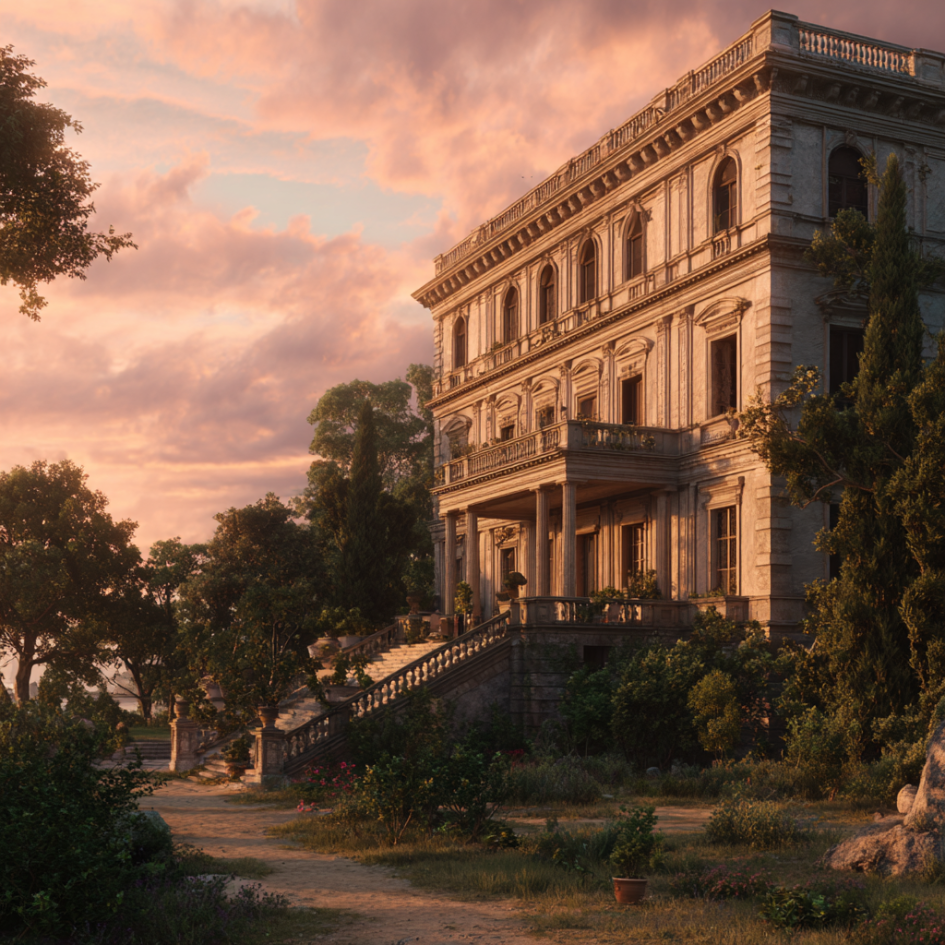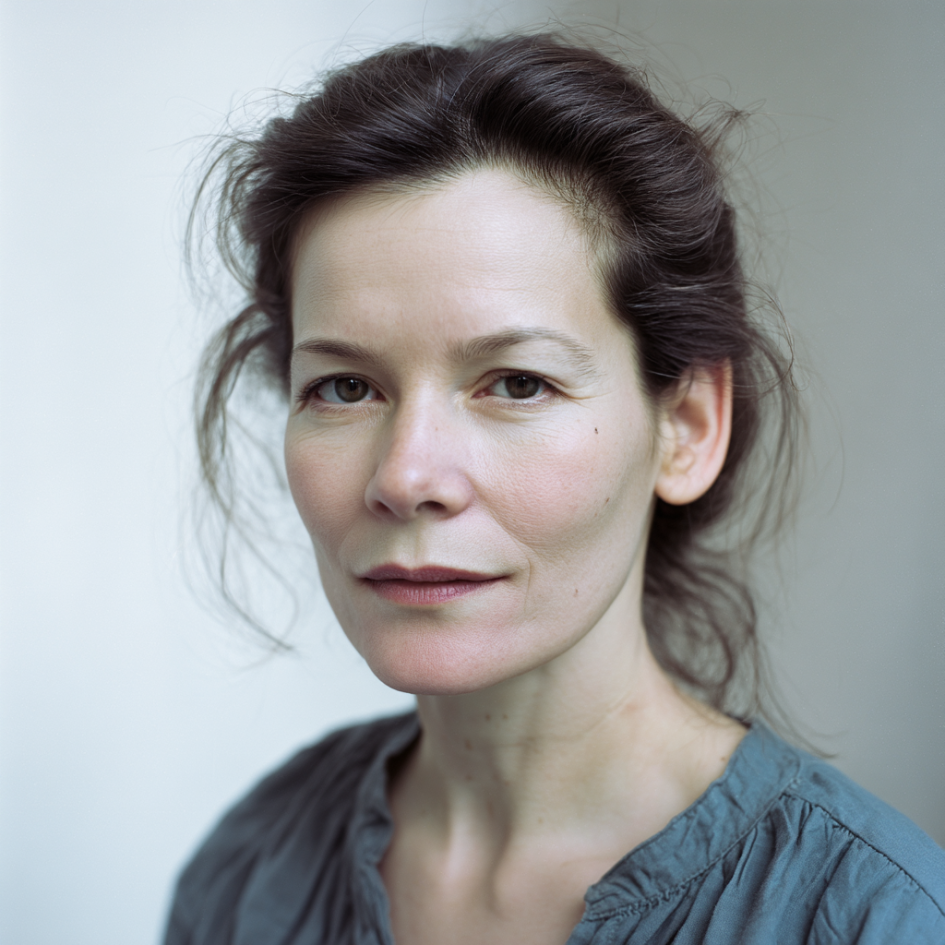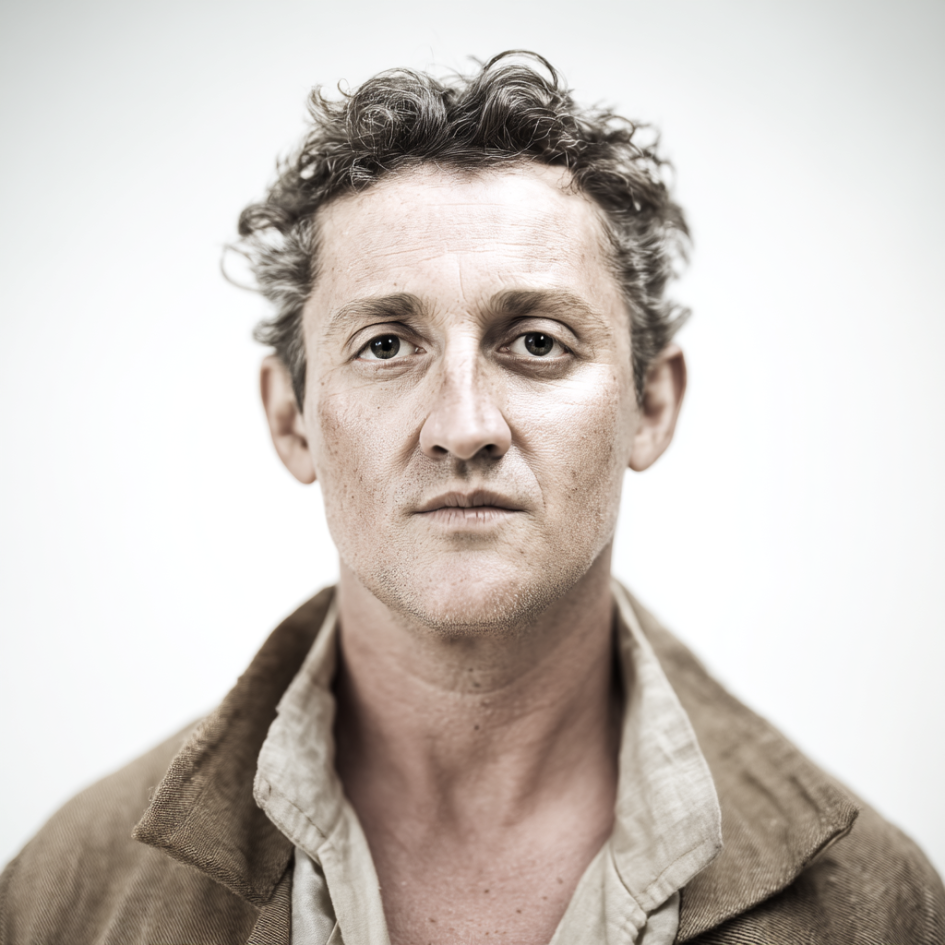Villa Diodati (VEE-lah dee-oh-DAH-tee)
Swiss Villa
Perched on the slopes above Lake Geneva, the Villa Diodati is a country estate built in the mid-17th century by the Diodati family—wealthy Calvinists of Italian descent who had fled religious persecution and settled in Switzerland. The villa was designed in a classical style with arched windows, columned terraces, and stone gardens that overlook the water. Its remote charm and elegant isolation made it a summer retreat for academics, theologians, and, eventually, a stream of artists and expatriates.
By the early 1800s, the villa was often let to foreign travelers of means. It was maintained seasonally by a local Swiss household staff, including a housekeeper, groundskeeper, and supporting domestic workers. The gardens bloomed with a mix of French lavender, Alpine herbs, and climbing roses—left mostly to the temperament of the lake’s wind and the skill of its groundskeeper. Though never a public space, the villa became a whispered point of interest in Geneva’s social circles, especially after a particular summer in 1816 ensured its legacy.
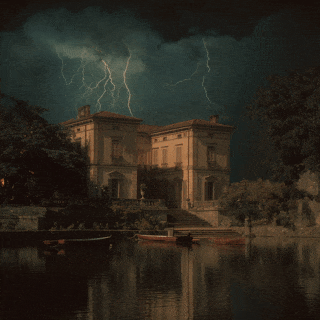
The rest of the stories were lost or unfinished, but the night itself became the stuff of literary legend. Some claimed the storms were unnatural, that strange figures were seen in the fog, and that the house took on an unsettling quietness in the weeks after the guests departed. No formal record supports these rumors—but servants’ journals and letters mention “unrestful air,” nightmares, and a woman’s voice humming when no one was in the room.
The Summer of 1816 (The “Haunted Summer”)
In June of 1816, during what is now known as the Year Without a Summer, the villa was rented by Lord Byron, newly exiled from England. He was soon joined by Mary Godwin (later Shelley), Percy Bysshe Shelley, Claire Clairmont, and Dr. Polidori, Byron’s physician. Persistent rain and unseasonal cold confined the guests indoors for weeks, fostering long conversations about literature, philosophy, science—and the supernatural.
On one of these stormy nights, the group agreed to a challenge: each would write a ghost story. Out of this moment came two enduring legacies:
Mary Shelley began work on what would become *Frankenstein, or The Modern Prometheus*, now considered the first science fiction novel.
Polidori later penned The Vampyre, a work often credited with launching the aristocratic vampire trope in modern fiction.

The rest of the stories were lost or unfinished, but the night itself became the stuff of literary legend. Some claimed the storms were unnatural, that strange figures were seen in the fog, and that the house took on an unsettling quietness in the weeks after the guests departed. No formal record supports these rumors—but servants’ journals and letters mention “unrestful air,” nightmares, and a woman’s voice humming when no one was in the room.
Legacy & Later Use
Following the summer of 1816, the villa changed hands several times. It was owned intermittently by wealthy Swiss families and minor nobility, and though no further supernatural events were documented, the house acquired an aura of creative haunting—visited occasionally by writers, scholars, and occultists hoping to absorb the atmosphere. In local folklore, it became a place where ideas are born but never quite leave. In the modern era, Villa Diodati is privately owned, occasionally opened for curated tours or academic visits. Its legacy, however, lives not in its rooms—but in the stories written within them. It remains a place of *inspiration*, *melancholy*, and *thresholds*—a house forever caught between the known and the imagined.Meet the staff
Annelies Baumgartner
Housekeeper and Cook
Housekeeper and Cook
Jakob Baumgartner
Groundskeeper and Estate Maintenance
Groundskeeper and Estate Maintenance
Type
Mansion / Villa












